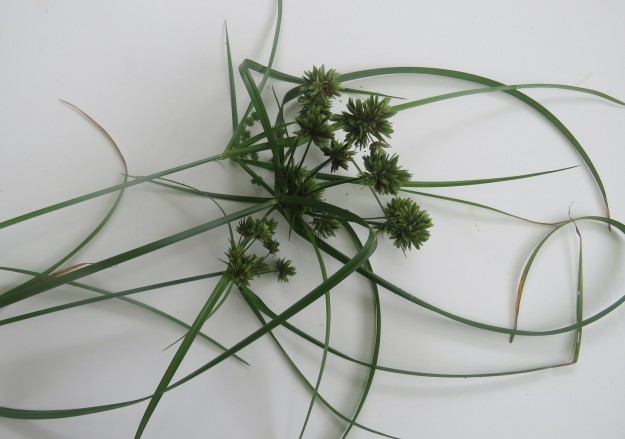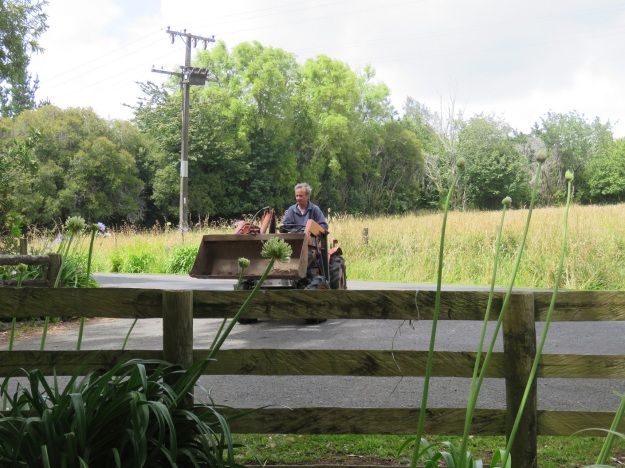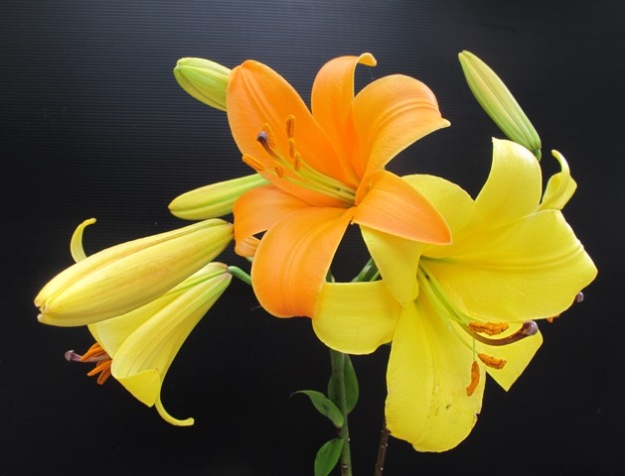
Auratum lilies may carry the moniker of the golden rayed lily of Japan but it is our golden Aurelians from China that are lighting up my week. It hadn’t really dawned on me that our Aurelians, which are all either golden yellow or rich apricot, are not the same as many others’ Aurelians. This is entirely due to Mark’s efforts many years ago.

An internet search showed me an array of Aurelians which are much more varied in colour and not all are as good as ours. Because we only had them in two colours, I somehow assumed that they only came in two colours and, because most of ours are in sunny yellow, I vaguely thought that would be the dominant form. Not so.
Mark’s father, Felix, had one named Aurelian in soft orange. Mark acquired some pollen from a third party and he is a bit vague now as to who it was because it was so long ago. Our plants are all the result of that effort, and not only are they very good, they are also consistent.


I disentangled the heritage of the Aurelians some years ago and it seems that they are all hybrids starting with Lilium henryi from China, originally crossed with another Chinese species L. sargentiae. We don’t have L. henryi here any longer. Mark says he was once given a good form of it but he lost it. It is sometimes referred to as the tiger lily (probably because of its dark spots) but the tiger lily is more commonly used as shorthand for Lilium lancifolium syn. L. tigrinum which we do have. They are similar in flower form with reflexed petals but different shades of orange. L. sargentiae brought in the trumpet shape and the scent and the ever-handy internet shows me that it is a similar type of lily to what we often refer to as the Christmas lily (on account of it flowering at Christmas in the antipodes) or the regal lily – Lilium regale. Since then, the genetics have become ever more mixed as other species have been used in breeding but the ancestors of our golden and apricot delights lie back in the mists of time with those two species, henryi and sargentiae.

Their bulbs are enormous – larger than the auratums – and the stronger the plant is growing, the more flowers there will be. I see I have counted up to 18 in the past but the strongest growing stem this year is 14 flowers. I have interspersed them through the summer borders where some, at least, are held upright by other plants. I have to stake the others because the weight of the flowers pulls them over and they can be up to 2 metres in height. Their flowering season is maybe not as long as the auratums but they come into their peak earlier in the season. They are scented but not with that heady fragrance that hangs in the air like their big show-off auratum cousins. When they started life on the fringes of Mark’s vegetable garden, I used to cut them to bring indoors and they cut and hold very well. These days, I just enjoy them in the garden.

Aureum is Latin for golden and Marcus Aurelius was a Roman emperor whom history records as somewhat more benign than many other emperors and indeed he made a significant contribution to philosophical thinking.
To me, the Aurelians are like golden orbs of summer.





























